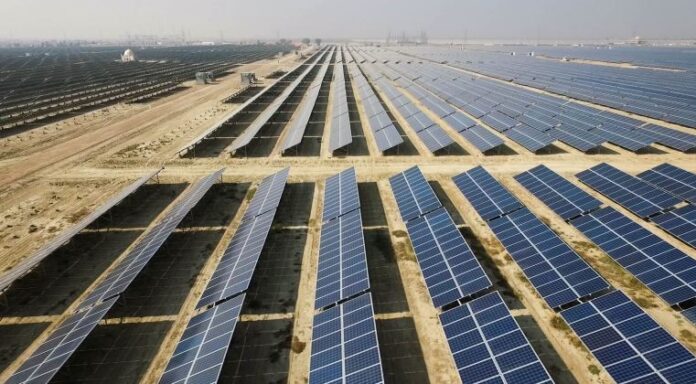Islamabad, April 15, 2025 — Pakistan has unexpectedly become the world’s largest importer of rooftop solar panels, marking a remarkable shift toward clean energy driven not by government mandates but by economic necessity. In 2024, the South Asian nation imported 17 gigawatts of solar panels, doubling the previous year’s figures and outpacing nearly every other country, according to the Global Electricity Review 2025 by UK-based think tank Ember.
Unlike solar booms elsewhere, Pakistan’s surge lacks sweeping policies or global investments. Instead, households, small businesses, and commercial users are fueling demand, installing rooftop systems to combat frequent power outages and soaring energy costs. “This is a survival response,” says Muhammad Mustafa Amjad of Renewables First. “People priced out of an unreliable grid are turning to solar for cheaper, stable power.” The imports equate to half of Pakistan’s peak power demand, signaling a structural shift in energy reliance.
Satellite images reveal Pakistan’s cities awash in blue, with rooftops blanketed by panels. Unlike state-led transitions, this growth is decentralized, driven by market logic over climate goals. Falling global solar prices, especially from Chinese manufacturers, have made panels an attractive alternative to costly diesel generators and imported fuels. Yet, the boom operates largely off-grid, with official solar capacity lagging behind actual installations, raising concerns about oversight and grid stability.
Ember warns that without updated regulations, this rapid shift risks a “utility death spiral,” where grid operators lose revenue as customers generate their own power. Despite challenges, Pakistan’s story offers a model for the Global South, showing how necessity and economics can drive clean energy adoption faster than policy alone.
Key Points:
Top solar importer: Pakistan became the world’s largest importer of rooftop solar panels in 2024, with 17 gigawatts imported, doubling 2023’s total.
- Grassroots driver: Households and businesses, not government programs, fuel the boom, seeking cheaper power amid outages and high costs.
- Economic shift: Imports equal half of Pakistan’s peak power demand, showing solar’s role as a primary energy source.
- Off-grid growth: Most solar operates outside official grid data, driven by affordable Chinese panels and market necessity.
- Challenges ahead: Unregulated growth risks grid instability, requiring updated policies to sustain the transition.



